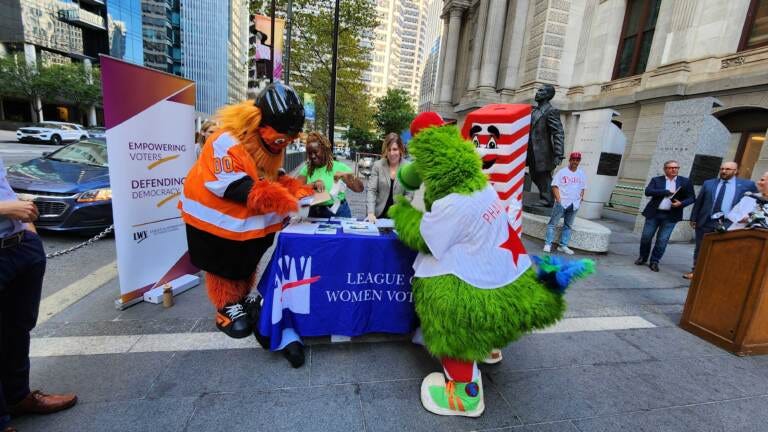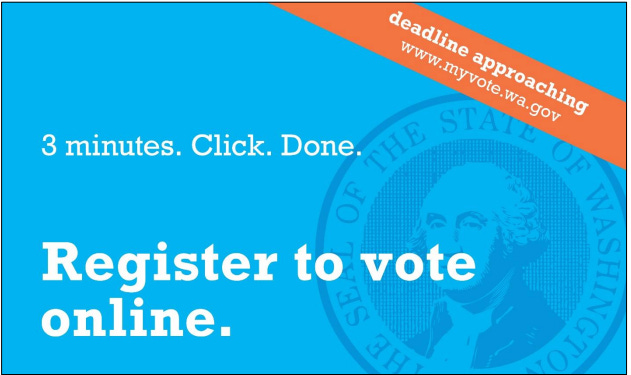Students will register when election officials ask
When state election officials ask students to register, we see increases in voter registration. But more research is needed to learn how to ask in a way that works for all unregistered students.
Just ask.
It almost sounds too simple, too obvious, but a big part of getting students to register to vote is asking them to register to vote. A variety of research shows that being asked to register in the classroom or on campus increases voter registration. But reaching every student in a classroom or on a campus can be daunting.

We have worked with state election officials to try to reach all students (and other people) who are eligible to vote but have not yet registered to vote at their current address. It’s easy to locate people who are registered to vote using public voting records. Finding eligible but unregistered citizens is much more difficult. This is where the Electronic Registration Information Center (ERIC) is a huge help.
What we learned from ERIC mailings
ERIC is a collective effort among state election offices to improve voter registration records. There are currently 33 member states. ERIC helps states identify eligible but unregistered individuals with a sophisticated comparison of the voter registration rolls and individuals with a driver’s license or state issued ID. As ERIC members, states are required to send mailings to eligible but unregistered individuals to encourage them to register.

We have a clear estimate of the impact of these ERIC registration mailings because states are allowed to hold back 5% of eligible but unregistered voters (i.e. not contact them) so we can study the effectiveness of this outreach. Along with other scholars, we have partnered with several ERIC states, including Oregon, Washington, Delaware, Louisiana, Nevada, and Pennsylvania to see if sending a postcard about voter registration from the election office to eligible but unregistered citizens increases registration and turnout. And our study shows that it does. Registration increases an average of roughly 2 percentage points from these mailings.
ERIC mailings were more effective for young people.
Since the ERIC data has a mailing address for many unregistered eligible voters from their driver’s license or state ID, we can contact these people with information about registering to vote. Younger eligible but unregistered voters are much more inclined to use digital forms of registration than paper, and most ERIC states encourage eligible but unregistered individuals to register online.

Using randomized experiments conducted as part of these mailings from state election officials, Bryant, et al found that 18-21 year old eligible but unregistered individuals are much more responsive to direct mailings than other age groups - being 2 to 3 times more likely to register than older eligible but unregistered individuals. Importantly, among the messages we tested with state election officials, emphasizing ease and convenience is most effective: “3 minutes. Click. Done.”

The Upshot
This research has important implications for grassroots leaders and policy makers looking to achieve 100% student voting in their communities.
Ask unregistered students to register to vote! It works! Sometimes grassroots leaders feel like they are shouting into the void when asking everyone “are you registered to vote at your current address?” But the research is clear - asking unregistered people to register makes an impact.
Partner with institutions that have lists of unregistered eligible voters! Both state election officials and colleges have or can access huge lists of unregistered eligible voters who they can reach out to about voter registration and participation. Grassroots leaders committed to 100% student voting can dramatically expand their reach by advocating for these entities to send mailings or other messages to their lists of unregistered voters.
More research is needed to get beyond marginal impact! It is exciting to see these mailings work but the effect sizes are relatively small. In the PA example above, nearly 80% of the 18 - 21 year old treatment group remained unregistered after receiving a mailing asking them to register. More research is needed to figure out how to ask these unregistered people to vote in a way that will meet their needs.





